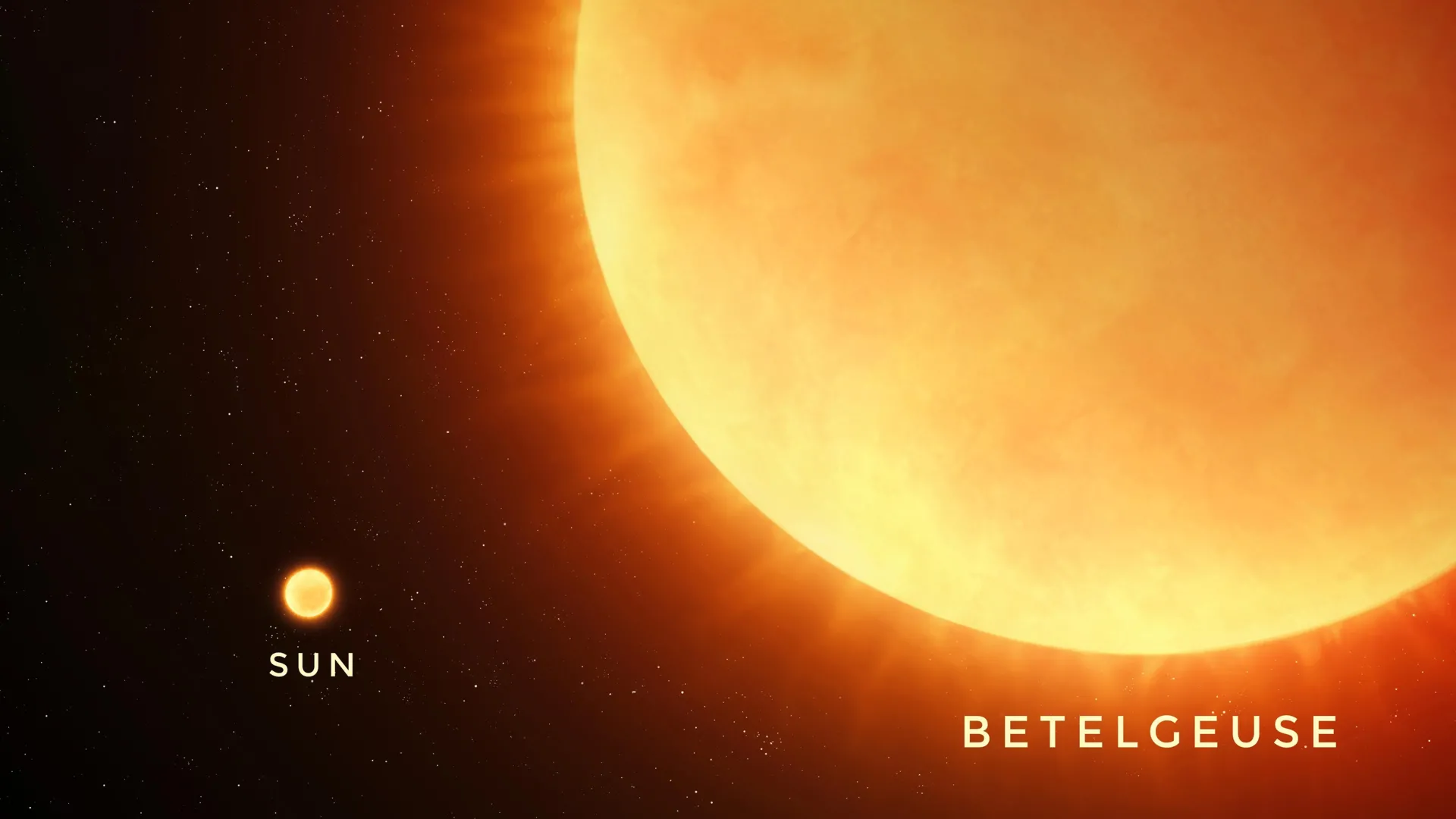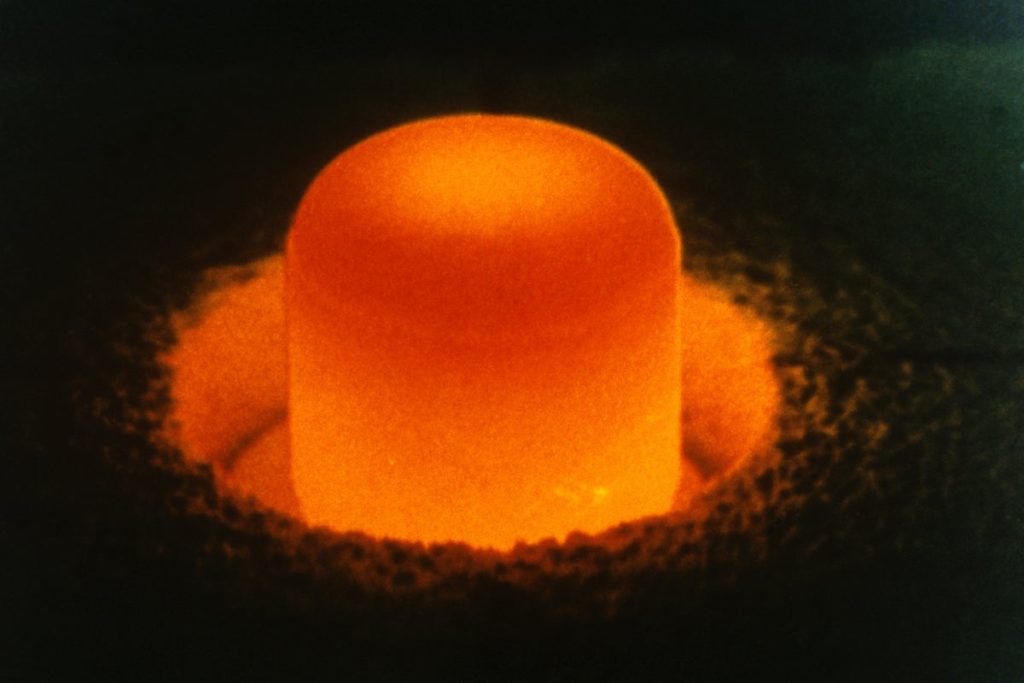Now Reading: Betelgeuse’s Companion Star Discovered After Centuries
-
01
Betelgeuse’s Companion Star Discovered After Centuries
Betelgeuse’s Companion Star Discovered After Centuries

Quick Summary
- Betelgeuse Overview: Betelgeuse is a bright red supergiant star located in the Orion constellation, with a radius about 700 times larger than the Sun. It has periodic variability in brightness, including main cycles of 400 days and secondary cycles lasting six years.
- The ‘Grate Dimming’ Event: A significant decrease in Betelgeuse’s brightness during 2019-2020 led scientists to believe it might explode as a supernova.Later analysis attributed this dimming to dust ejection from the star.
- Companion Star Revelation: using advanced speckle imaging technology on Gemini North’s telescope, researchers led by Steve Howell detected Betelgeuse’s faint companion star for the first time after decades of anticipation. No previous attempts using other telescopes had succeeded.
- Characteristics of Companion Star: The companion is six magnitudes fainter than Betelgeuse, about 1.5 times the mass of the Sun, and classified as an A or B-type pre-main-sequence star not yet burning hydrogen in its core. It resides approximately four earth-Sun distances away from Betelgeuse’s surface and orbits within its extended atmosphere due to tidal forces.
- Scientific Significance: The discovery resolves long-standing models that linked red supergiant variability with unseen companions and opens new paths for observational methods tackling similar phenomena.
- Future Studies Planned: Further observations are expected during November 2027 when optimal conditions arise for studying this stellar system.
Indian Opinion Analysis
The direct detection of a stellar companion orbiting Betelgeuse marks an exceptional milestone in astrophysics due to its implications for essential understanding around massive stars nearing end-of-life phases like supernovas. This could refine global scientific models explaining why similar red supergiants exhibit varied luminosity on multi-year scales-a topic studied across diverse observatories over decades.
From India’s perspective on collaborative science investments, such breakthroughs reinforce arguments favoring increased participation and funding toward cutting-edge astronomical research facilities like NOIRLab or related partnerships (e.g., NASA-led programs). With future opportunities arising beyond theoretical insights-including possible tech transfers aiding domestic space ambitions-the discovery underlines how modern instruments reliant on interdisciplinary development can solve longstanding astronomical mysteries potentially applicable to broader natural phenomena analytics.
India should recognise such advancements reflect progress that goes far beyond curiosity-driven pursuits; they expand humanity’s shared ability decoding global principles essential confronting cosmic questions eventually contributing local benefits technological expertise enhancing self-reliant indigenous frameworks replication concepts handling solar instincts planetary nearby physical systems later systematic validation pathways adaptive explorations revealed planetary celestial occurrences alike simplicity angle overall answers await usage scale mysterious clarity demonstrated resilience


























